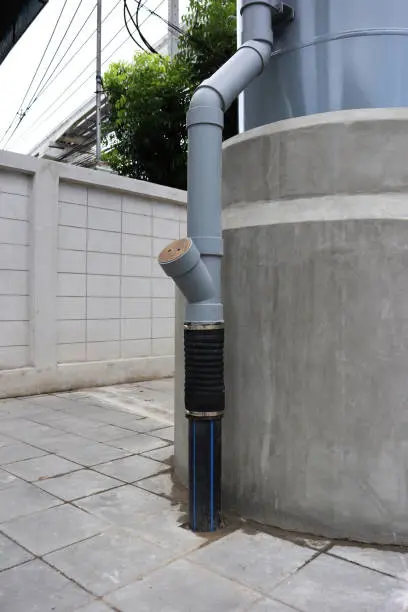Introduction:
In the diverse landscape of plumbing and construction, the question arises: How do you connect High-Density Polyethylene (HDPE) pipe to Unplasticized Polyvinyl Chloride (UPVC) pipe? This guide delves into the characteristics, advantages, and value of seamlessly connecting these two materials, providing a roadmap for achieving precision in your projects.
Section 1: HDPE and UPVC – Pioneers of Piping Innovation
HDPE Unveiled:
Explore the unique characteristics of HDPE, emphasizing its flexibility, durability, and resistance to corrosion.
UPVC Unleashed:
Highlight the distinct qualities of UPVC, focusing on its chemical resistance, smooth interior, and lightweight nature.
Section 2: Challenges in Connecting HDPE to UPVC
Material Compatibility:
Address the challenges posed by the differences in material properties between HDPE and UPVC, emphasizing the need for specialized connection techniques.
Seamless Integration:
Introduce the concept of seamless integration, emphasizing the importance of creating connections that uphold the integrity of both materials.
Section 3: Techniques for Connecting HDPE to UPVC
Flange Connection:
Explore the precision of flange connections, where HDPE and UPVC pipes are joined using flange adapters and gaskets, ensuring a secure and leak-free connection.
Transition Couplings:
Delve into the world of transition couplings, which provide a bridge between HDPE and UPVC, ensuring a reliable and durable joint.
Section 4: Advantages of Connecting HDPE to UPVC
Material Synergy:
Emphasize the synergy achieved by connecting HDPE to UPVC, showcasing how their unique properties complement each other for enhanced performance.
Chemical Resistance:
Highlight the chemical resistance of the combined materials, ensuring longevity and reliability in applications involving corrosive substances.
Section 5: Applications of HDPE to UPVC Connections
Water Distribution Systems:
Explore the use of HDPE to UPVC connections in water distribution systems, emphasizing the joint’s ability to withstand varying water qualities.
Industrial Pipelines:
Examine the versatility of these connections in industrial pipelines, showcasing their adaptability to different materials and environments.
Section 6: Best Practices for HDPE to UPVC Connections
Proper Surface Preparation:
Guide readers on the importance of preparing the surfaces of HDPE and UPVC pipes before connecting them, ensuring a secure and durable joint.
Correct Installation Procedures:
Emphasize the significance of following correct installation procedures for flange connections and transition couplings to guarantee a reliable and leak-free joint.
Section 7: Case Studies
Success Stories in HDPE to UPVC Harmony:
Present case studies that showcase successful applications of connecting HDPE to UPVC in real-world scenarios. These examples serve as practical illustrations of the effectiveness and value of different connection methods.
Conclusion:
Summarize the key advantages of connecting HDPE to UPVC, emphasizing the importance of precision, material compatibility, and seamless integration for successful and reliable joint applications.
Call to Action:
Empower readers to explore the possibilities of connecting HDPE to UPVC in their projects. Provide resources for obtaining additional information, consulting with experts, and making informed decisions to ensure successful and reliable connections in their endeavors.
Contact
We will reply your email or fax within 24 hours.
You can call us at any time if there is any question on our production.
For more information,pls visit our webside https://www.ifanplus.com/
Pls Mailto: [email protected]






